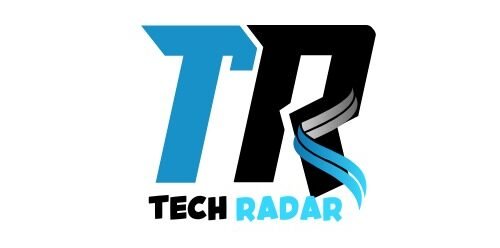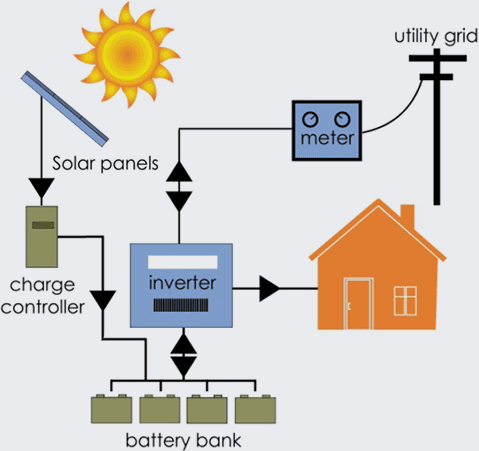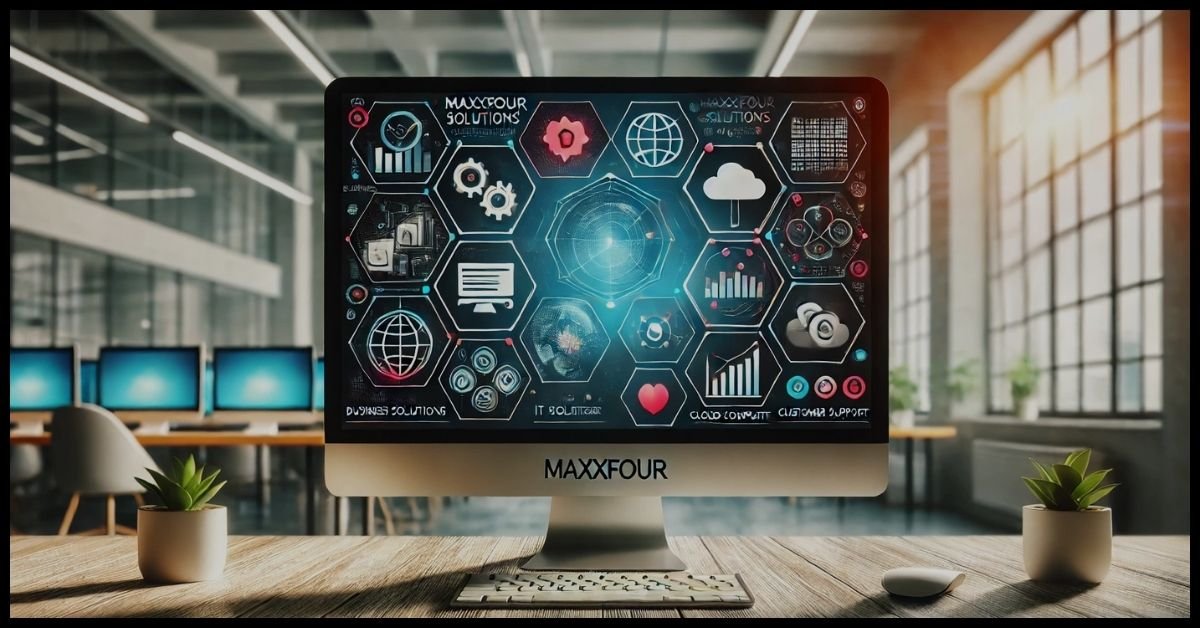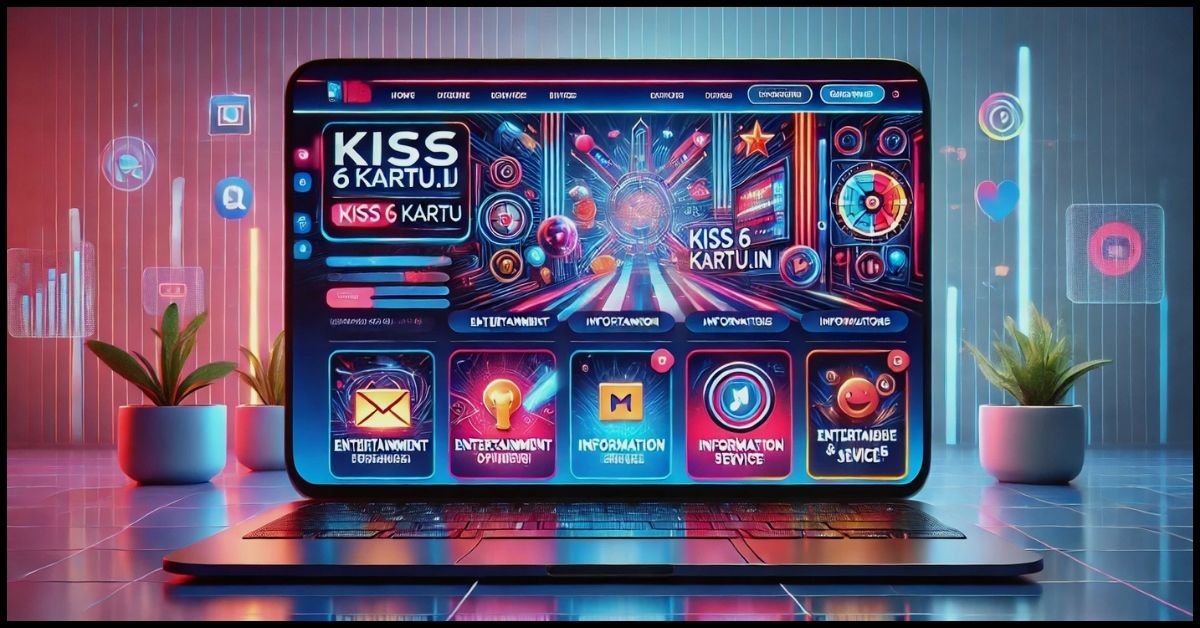Solar energy is one of the most promising sources of renewable energy available today. It’s clean, sustainable, and abundant. But, have you ever wondered how solar energy is transported from the solar panels on your roof, or from vast solar farms in the desert, to power your home or business? The process of transporting solar power involves several steps, and understanding these steps can give you a better appreciation for the complex infrastructure that makes solar energy a viable option for everyday use.
From Sunlight to Solar Panels: The First Step
Before we dive into how solar energy is transported, let’s first understand how it’s captured. Solar energy starts with sunlight, which is converted into electricity by photovoltaic (PV) cells in solar panels. When sunlight hits the surface of these panels, the energy knocks electrons loose from atoms within the cells. These free electrons generate an electrical current, which is then collected and sent through wires. This current is what we refer to as “solar power.”
However, the electricity generated by solar panels is direct current (DC) electricity. Unfortunately, most of our homes and businesses use alternating current (AC) electricity, so this electricity needs to be converted.
Step 1: The Inverter – Converting DC to AC Power
Once the solar panels capture sunlight and convert it into direct current electricity, it’s sent to an inverter. This is an essential piece of equipment in the solar energy system. The inverter’s job is to convert the direct current electricity into alternating current, which is the type of electricity that powers appliances in homes, businesses, and industries.
The conversion process takes place in an electronic component that ensures the power is not only compatible with the existing electrical grid but also stable and safe for use. The inverter is an essential step in the process because without it, the solar energy generated would be unusable for most common household applications.
Step 2: Solar Power Moving Through the Electrical Grid
Once the electricity has been converted to AC, it can be used immediately to power homes and businesses, but what if your solar panels produce more energy than you need? This is where the electrical grid comes into play. The electrical grid is a network of power lines, transformers, and substations that distribute electricity to homes and businesses across the country.
When your solar panels produce more energy than you use, this excess power is fed back into the grid. In many countries, utilities offer programs called net metering, which allow homeowners and businesses to get credit for the extra energy they contribute. The electrical grid then transports this surplus solar energy to other users who need it.
The electricity travels through high-voltage power lines, which are designed to carry electricity over long distances with minimal loss. These high-voltage lines are connected to substations that step down the voltage to a level that is safe for homes and businesses. From there, the electricity continues its journey through local distribution lines and finally reaches the homes and businesses that need it.
Step 3: Solar Energy and Energy Storage
Another method of transporting solar energy involves storing it for later use. Energy storage systems, usually in the form of batteries, are becoming more common for residential and commercial solar power systems. These batteries store excess solar power during the day, when the sun is shining and the panels are producing electricity. The stored energy can then be used later, such as at night or on cloudy days when the solar panels aren’t generating as much power.
This storage solution reduces the need to rely on the electrical grid and provides more energy independence for the user. The stored energy can be transported directly to the home or business through the same wiring that connects the solar system to the electrical appliances. In this case, solar power is moving from the battery, rather than from the grid, directly into the home.
Step 4: Distributed Energy Systems – How Solar Power Moves Locally
Another way solar energy is transported is through distributed energy systems. These are systems where solar power is generated locally, often at the same location where it is used, such as rooftop solar installations. Distributed solar power systems are an increasingly popular way to meet energy demands in a more decentralized way.
When solar energy is generated locally, it can be used directly by the building or facility where it’s produced, and any excess energy can be sent to nearby users or returned to the grid. This method of localized energy distribution reduces the need for long-distance energy transportation and minimizes transmission losses.
Distributed energy also has a significant advantage in areas where grid infrastructure is underdeveloped or unreliable. It can make energy more accessible and reduce reliance on fossil fuels, all while cutting down on energy losses during transportation.
Step 5: The Role of Solar Farms in Large-Scale Solar Power Distribution
In addition to small-scale, rooftop solar systems, large solar farms play a crucial role in solar energy transportation. These solar farms, often located in sunny regions like deserts, use massive arrays of solar panels to generate huge amounts of electricity. Once the energy is generated, it is sent to the grid using high-voltage transmission lines.
The electricity produced by solar farms can be sent over long distances to urban areas, where the demand for electricity is high. In some cases, solar farms are integrated with energy storage solutions, such as large-scale battery systems, which allow the stored energy to be released to the grid when solar power generation is low (such as during the night).
These solar farms can contribute a significant portion of renewable energy to the grid, reducing the reliance on traditional fossil fuel-powered power plants.
Challenges in Transporting Solar Energy
While solar energy has a lot of potential, there are challenges in transporting and distributing it efficiently. The biggest hurdle is energy loss during transmission. The further electricity travels, the more energy is lost as heat due to the resistance of the transmission lines. This is why high-voltage transmission lines are used, as they minimize energy loss over long distances.
Another challenge is the intermittent nature of solar energy. Since solar power depends on sunlight, it is not always available. During cloudy days or at night, solar power generation slows down, and there may be gaps between production and demand. This is why energy storage systems and a reliable grid are so crucial to ensuring a consistent supply of electricity.
Conclusion: The Future of Solar Energy Transport
The process of transporting solar energy is complex but fascinating. It involves capturing sunlight, converting it to usable power, and then transmitting it through the electrical grid or directly to homes and businesses. As solar technology continues to improve, energy storage systems become more efficient, and grid infrastructure is enhanced, transporting solar energy will become even more effective and reliable.
With the growing demand for clean, renewable energy, the future of solar energy transport looks promising. It’s an exciting time for solar power, and we are witnessing a transformation in the way energy is generated, transported, and consumed. The more we invest in solar technology, the closer we come to a future where solar energy can be reliably transported and used to power our homes, businesses, and communities in a sustainable and efficient way.











